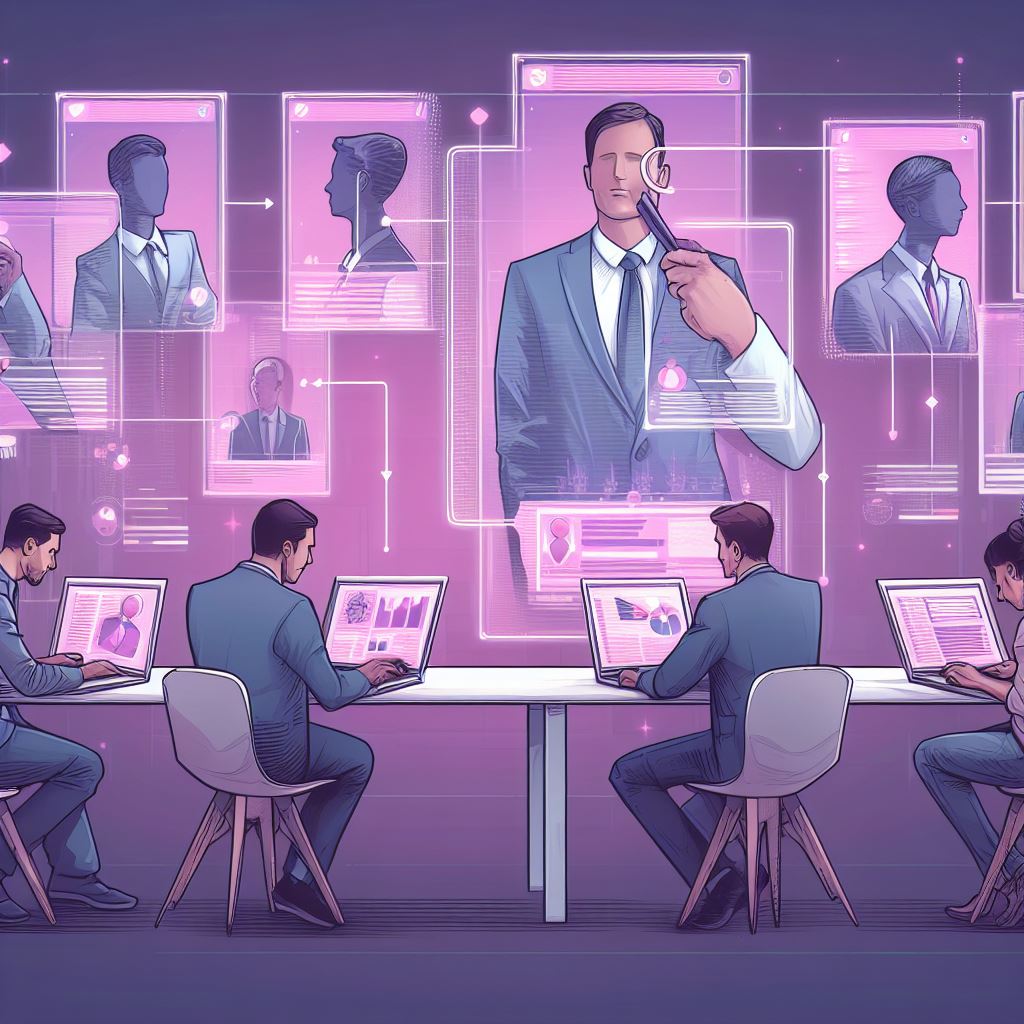Employee Recognition Programs: Fueling the Best Performance
In the modern business landscape, fostering a positive workplace culture is essential for attracting and retaining top talent. One effective strategy for achieving this is through employee recognition programs. These programs are designed to acknowledge and reward employees’ contributions, boosting morale and promoting a culture of appreciation and respect. This blog post delves into how employee recognition programs can transform workplace culture and contribute to organizational success.
Employee Recognition Programs: Building a Positive Work Environment
The foundation of a strong workplace culture is how valued employees feel, and recognition programs directly address this aspect. By regularly acknowledging employees’ efforts, companies can create an environment where staff feel genuinely appreciated. This sense of appreciation is crucial for employee satisfaction and can significantly enhance their engagement and loyalty. Simple gestures like thanking an employee for going the extra mile or celebrating team successes in meetings can have profound effects on morale.
Employee Recognition Programs: Encouraging High Performance
Recognition is a powerful motivator. When employees see that their hard work and achievements are celebrated, they are more likely to push themselves and maintain high performance levels. Employee recognition programs that include awards, public acknowledgments, or perks for outstanding work not only lift the recipients’ spirits but also set a benchmark for excellence within the team. This can lead to increased productivity as employees strive to reach their full potential in hopes of recognition.
Employee Recognition Programs: Strengthening Team Cohesion
Employee recognition programs also play a critical role in building team cohesion. When recognition comes from both peers and leadership, it fosters a sense of community and mutual respect among team members. Programs that allow peers to recognize each other, such as ’employee of the month’ voted by colleagues or peer-to-peer shout-outs in newsletters, help strengthen interpersonal relationships and enhance team dynamics. These activities encourage a supportive atmosphere where everyone feels part of the team’s success.

Employee Recognition Programs: Reducing Employee Turnover
One of the tangible benefits of effective employee recognition programs is reduced turnover rates. Employees who feel unrecognized are often the first to look for opportunities elsewhere, especially when other employers offer greater appreciation. By implementing thoughtful recognition strategies, organizations can significantly lower their turnover rates. This not only reduces the costs associated with hiring and training new staff but also helps retain the valuable expertise and experience that long-term employees bring to the company.
Challenges and Considerations
While the benefits are clear, designing effective employee recognition programs can be challenging. It is crucial to ensure that the program is inclusive, fair, and aligns with the company’s values. Recognition should be timely and relevant to the achievements being celebrated. Additionally, it’s important that the program is adaptable and evolves with the company culture and employee expectations. Regular feedback from employees about the program can provide insights that help in fine-tuning the recognition strategies to better meet their needs.
Conclusion
Employee recognition programs are a key component in enhancing workplace culture. They foster a positive work environment, motivate high performance, strengthen team cohesion, and reduce turnover rates. For any organization looking to improve its workplace culture, investing in a robust employee recognition program is a smart and effective strategy. These programs not only boost morale but also contribute to a more engaged, productive, and loyal workforce.
Explore the cutting-edge advancements in HR technology by reading our detailed post, “Artificial Intelligence in Recruitment: Advancing HR Technology.”









